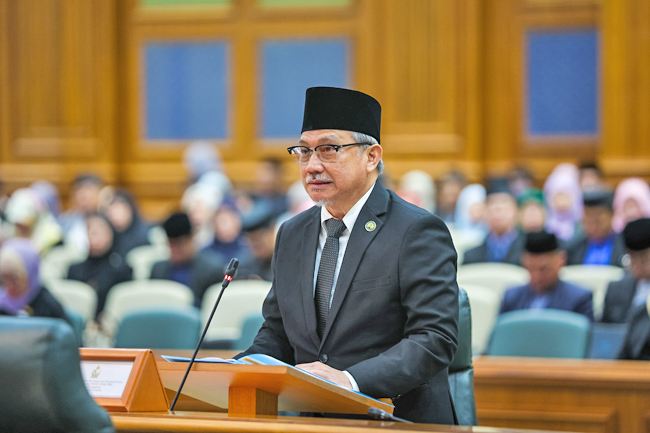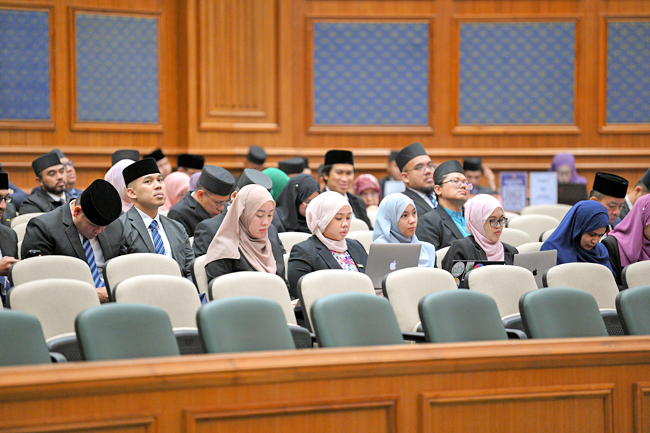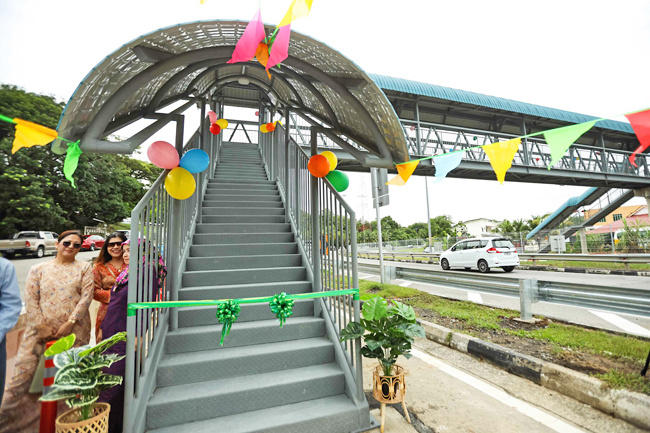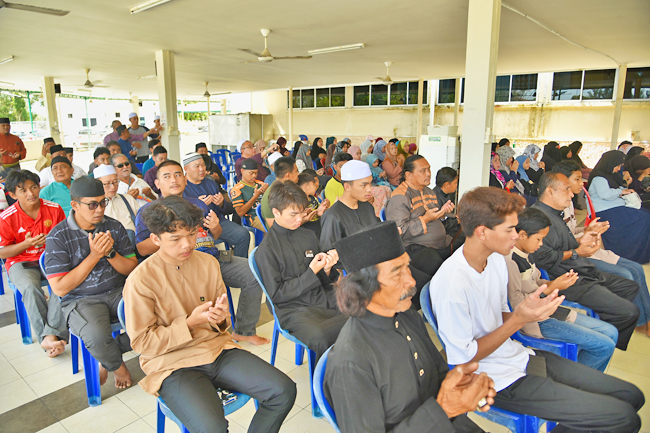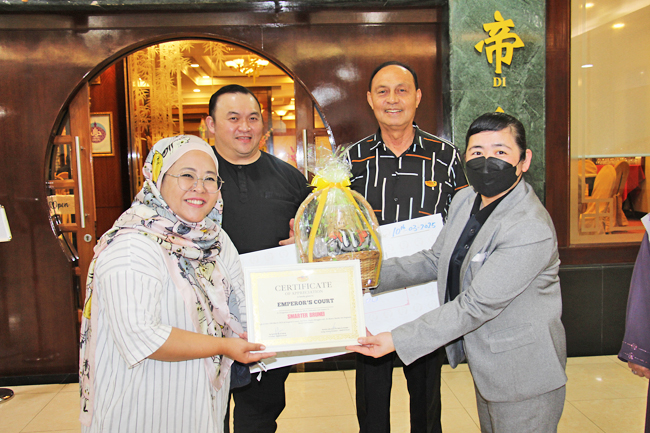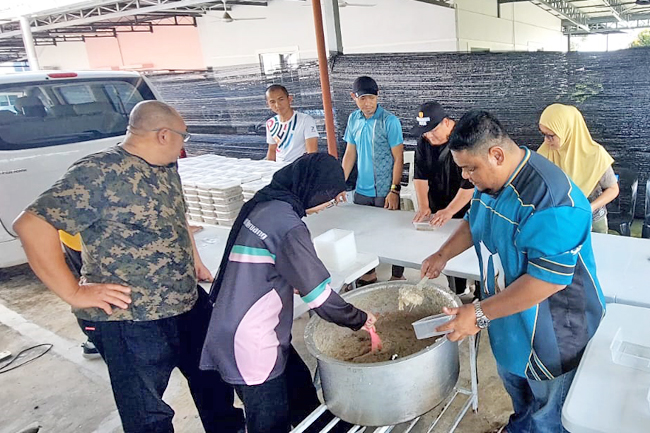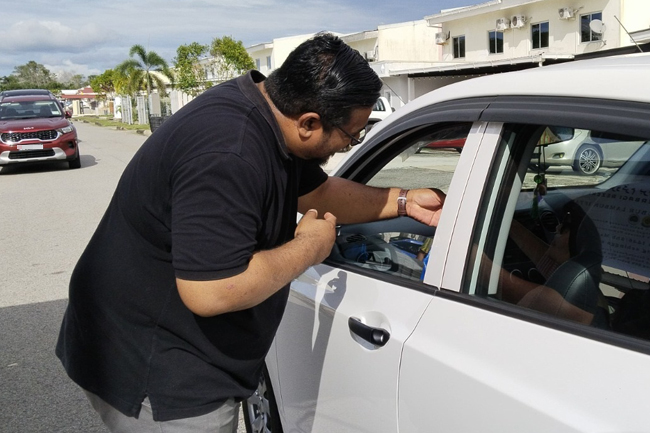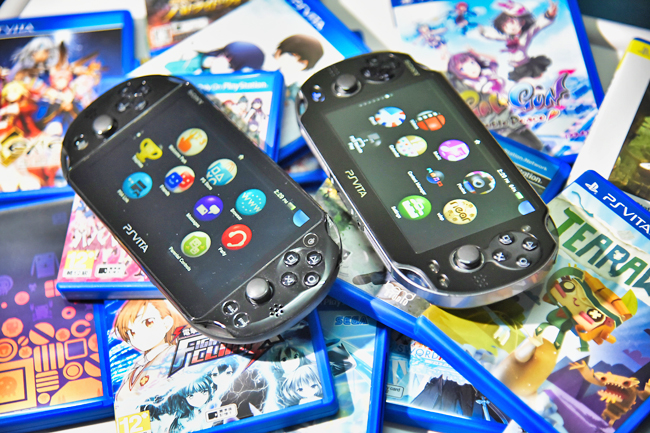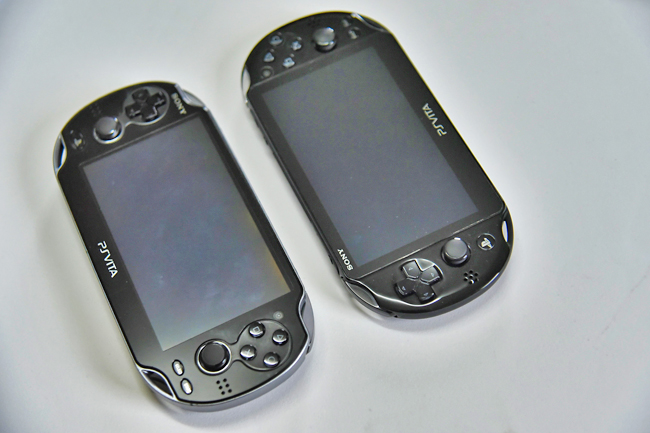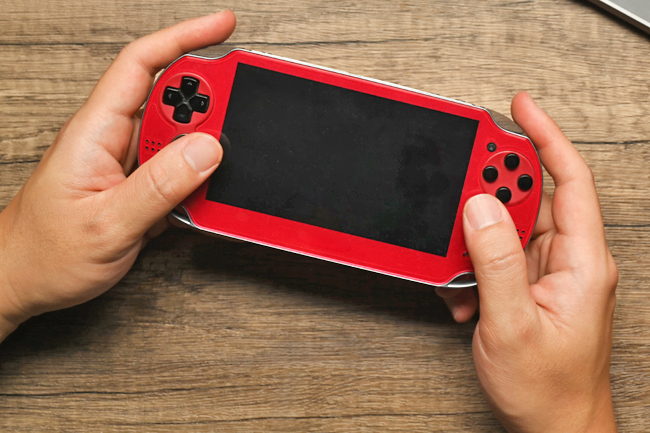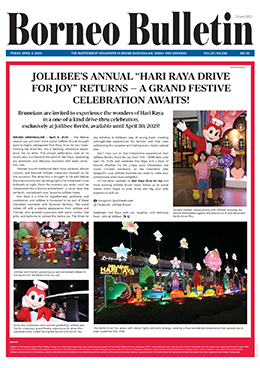Minister of Development Yang Berhormat Dato Seri Setia Awang Haji Muhammad Juanda bin Haji Abdul Rashid at the 21st Legislative Council (LegCo) session yesterday explained about the concept of mixed-use development which has been identified as one of the optimal land use strategies that are inclusive in the district and local development plans.
The minister was replying to LegCo member Yang Berhormat Chong Chin Yee’s question on the mixed land development for sustainable development and local economic growth.
Yang Berhormat Dato Seri Setia Awang Haji Muhammad Juanda said, “The concept of mixed-use development has been implemented in several areas such as Kiulap, Gadong and Batu Satu, where there is a mixture of commercial premises, housing, institutions and public facilities in the close proximity.”
The aim, he said, “is to create a sustainable and inclusive environment where residents can work, relax and obtain services in the same place. In addition, local enterprises also benefited from increased local economic activity.”
He added that from micro, small and medium enterprises (MSMEs) economic perspective, “mixed use development provides opportunities and business spaces that are closer to the local community to further encourage the growth of small businesses.
“The government supports such concept through policies planning and the provision of special zones for commercial and industrial activities. With this, the Department of Town and Country Planning (TCP) has identified certain business and industrial zones to encourage the development of MSMEs, including industrial sites under the management of agencies such as the Brunei Economic Development Board. Examples of industrial sites provided are in Tanjong Kajar, Mumong and Sungai Bera. These areas are equipped with basic infrastructure to enable local entrepreneurs to run their businesses.”
At the same time, he said, “towards empowering town planning to be more impactful, among the latest initiatives under TCP is the pedestrian master plan. It focuses on forming a user-friendly pedestrian network in major commercial areas.”
Overall, he said, “the pedestrian master plan covers a network from the Jaya Setia business area to the centre of Bandar Seri Begawan, aiming to make the mixed development area more pedestrian-friendly and encourage a walking culture.”
He also revealed that initial efforts have started in collaboration with the Public Works Department (JKR) to improve pedestrian connectivity around the government building complex at the Old Airport and will be expanded to other commercial areas such as Jaya Setia.
In terms of the planning process, he said, “the Ministry of Development through TCP also involves the approach of obtaining opinions from several stakeholders. Dialogue sessions with government and private agencies, focus group discussions between related agencies, and surveys for the public have been conducted so that community and stakeholder input is taken into account in the planning space that support the local economy. These steps ensure that the implementation of mixed development areas is more effective.” – James Kon

